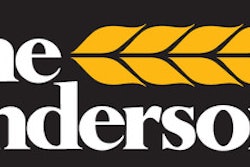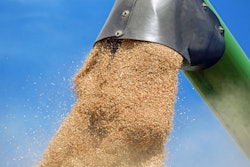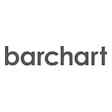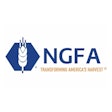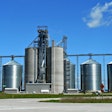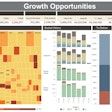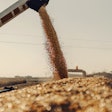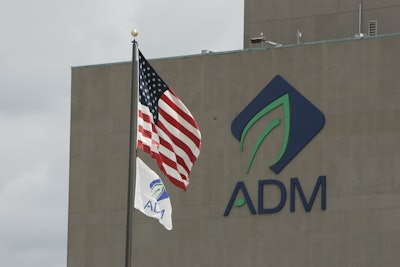
Archer Daniels Midland Co.'s (ADM) quarterly results beat Wall Street estimates on Thursday, as higher returns from nutrition business cushioned the impact of a deep slump in commodity prices.
Reuters reports adjusted operating profit at its nutrition business jumped 76% as the company steadily pushes for growth by investing in specialty ingredients such as pea protein and other plant-based, protein-rich ingredients.
ADM revenue rose 5.8% to $16.72 billion in the quarter ended Sept. 30, supported in part by higher sales across segments.
The company said improved merchandising results in North America by its agricultural services and oilseeds unit helped “offset a continued challenging volume and margin environment for U.S. exports.”
“We delivered solid third quarter results, consistent with the perspectives we provided last quarter, despite a difficult external environment,” says chairman and CEO Juan Luciano. “We maintained our focus on serving our customers and advancing our strategic goals, and continued to realize the benefits of the actions that we took earlier this year.
“We are excited about our strategic growth activities, and particularly our participation and leadership in major global trends such as flexitarian diets, nutrition for health, and sustainable materials," he continues. “While external conditions for certain businesses may remain fluid and potentially challenging in the near term, our growing leadership position in major global trends, and our strength in innovation, efficiency, and customer service, position us well for stronger results in 2020 and beyond.”
Ag Services & Oilseeds results were lower than the third quarter of 2018, which benefited from very strong crush margins.
- Ag Services results were in line with the prior-year quarter. In South America, results were up on improved origination margins in Brazil and increased export volumes from Argentina. In North America, improved merchandising results from favorable ownership positions helped offset a continued challenging volume and margin environment for U.S. exports.
- In Crushing, results were lower year over year. Crush margins globally were substantially below the record high levels seen in 2018, though still solid in North America and EMEA. In South America, margins were pressured by continued strong exports of soybeans to China. Global crush margins benefited from positive net timing effects of approximately $50 million during the third quarter.
- Refined Products and Other results were significantly higher than the third quarter of 2018, largely driven by significant improvements in Golden Peanut and Tree Nuts.
- Wilmar results were lower year over year.
Carbohydrate Solutions results were substantially lower than the year-ago period.
- Starches and Sweeteners results were down versus the third quarter of 2018. Results in North America were affected by higher net corn costs partly offset by lower manufacturing costs, which included improvements at the Decatur corn complex. EMEA results were impacted by lower selling prices and continued pressure from Turkish sweetener quotas. In wheat milling, an increase in sales volumes was more than offset by lower margins due to limited opportunities in wheat procurement.
- Bioproducts results were significantly lower, driven by a continued unfavorable margin environment in the ethanol industry.
Nutrition results were substantially higher.
- WFSI results were significantly higher than the prior-year quarter, with growth across the portfolio. Higher sales and margins globally led to record quarterly results for WILD. In Specialty Ingredients, the protein business continued to expand amid the growing consumer market for alternative proteins. Continued contributions from growth investments in bioactives and fibers benefited the Health & Wellness business.
- Animal Nutrition results were up year over year, driven largely by contributions from Neovia. Improvements in vitamin additives also helped contribute to positive results. Lysine production improved, though pricing was negatively impacted by lower global demand.
- Other results were up substantially from the year-ago period, primarily driven by higher captive insurance earnings.


